Cervical spondylosis in Oriental medicine is called cot ty, belonging to the scope of ty syndrome.
1. Symptoms and causes of the disease
The main symptom of the disease is that the cartilage that bears the load in the center of the joint gradually becomes softer and forms cracks. Meanwhile, the cartilage tissue around the joint gradually turns into bone, proliferating abnormally - forming bone spurs commonly known as bone spurs .
Bone spurs stimulate nerves and tissues near the joint, leading to a series of pathological conditions such as stiff neck, fatigue, pain; pain can spread down the arm, accompanied by other symptoms such as headache, tinnitus, dizziness, vertigo... due to compressed nerves causing a decrease in blood and oxygen to the brain.
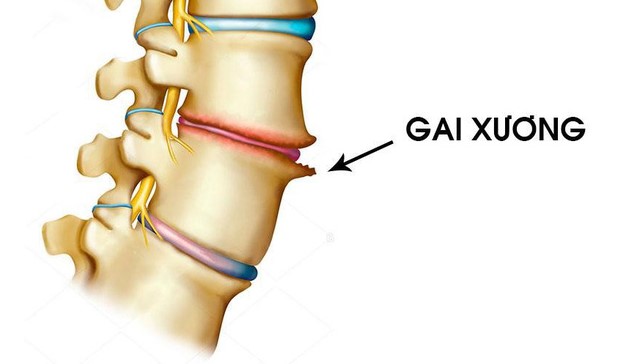
Bone spurs lead to stiff neck, fatigue, pain...
Depending on the location of the bone spurs, different types of diseases are formed, such as "cervical spine spurs", "lumbar spine spurs", "knee joint spurs"... In the case of cervical spine spurs, it is very common in middle age, however, the disease is tending to be younger in age due to unscientific lifestyle, unreasonable living and working regime...
According to Oriental medicine, the main cause is the decline of vital energy, the function of the meridians, and stagnant blood and energy... Taking advantage of the body's weakness, cold and dampness invade and reside in the joints, causing the circulation of blood and energy to become increasingly delayed, causing illness.
2. Herbal decoction to treat cervical spine spurs
Recipe 1: 30g white peony, 12g apricot, 12g licorice, 15g blood-stemming vine, 12g Chinese clematis root, 12g rehmannia root, 20g cau tich, 12g eucommia ulmoides.
Boil the herbs with 900ml of water until 250ml remains, divide into 2-3 portions to drink during the day; drink continuously for 10-15 days as a course of treatment. Rest for 1 week and continue with a new course of treatment.
Recipe 2: 12g of angelica, 10g of saposhnikovia, 12g of perilla, 10g of dodder seed, 16g of chrysanthemum root, 16g of Chinese clematis root, 12g of Chinese clematis root, 10g of Chinese clematis root, 12g of Chinese clematis root, 10g of cinnamon, 12g of licorice, 3 slices of ginger.
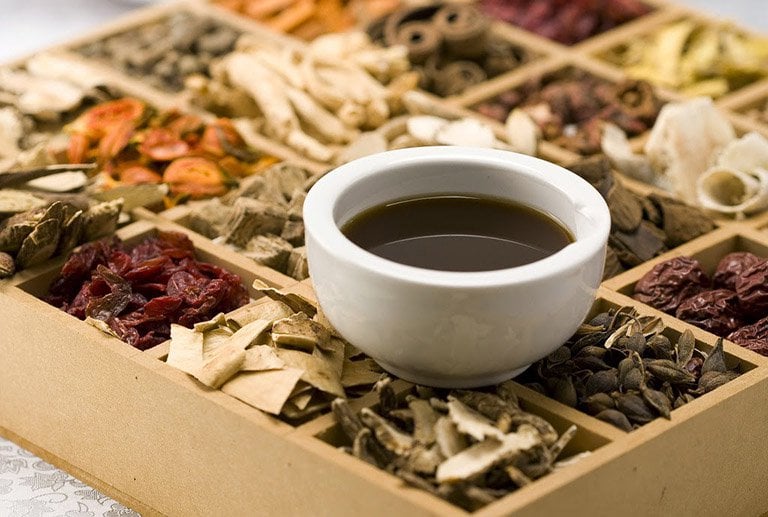
To treat cervical spondylosis, many herbal remedies have been used with good results.
Boil the herbs with 1000ml of water until 300ml remains, divide into 3 parts to drink during the day; drink continuously for 7-10 days as a course of treatment. Rest for 5 days to start a new course of treatment.
Recipe 3: 12g of Ligusticum wallichii, 12g of Salvia miltiorrhiza, 16g of Acanthopanax, 16g of Artemisia vulgaris, 12g of Perilla fruticosa, 12g of Polygonum multiflorum, 5g of Safflower, 12g of Polygonum multiflorum (processed), 16g of Desmodium styracifolium, 16g of Mimosa pudica, 10g of Cinnamon, 16g of Smilax glabra, 12g of Licorice, 12g of Piper lolot, 10g of Tangerine peel.
Boil the herbs with 1200ml of water until 350ml remains, divide into 3-4 portions to drink during the day; drink continuously for 10 days as a course of treatment. Rest for 5-7 days before starting a new course of treatment.
In addition to taking medication, patients can combine cervical spine exercises such as: neck rotation, neck flexion and stretching exercises on both sides of the cervical spine. Take time to rest and relax so that the body has time to recover and heal effectively.
Note: The above remedies are for reference only. To effectively treat cervical spondylosis, patients should absolutely not use drugs on their own but should consult and be prescribed by a traditional medicine doctor.
Source



![[Photo] General Secretary To Lam chairs a working session with the Central Internal Affairs Commission](https://vphoto.vietnam.vn/thumb/1200x675/vietnam/resource/IMAGE/2025/5/22/3b7790f499da45b2803d8ae253207ef1)
![[Photo] Press delegation meeting to visit Truong Sa and DK1 Platform](https://vphoto.vietnam.vn/thumb/1200x675/vietnam/resource/IMAGE/2025/5/22/6b8d232877ec421a9e8187d83b9f8006)

![[Photo] Prime Minister Pham Minh Chinh chairs meeting on draft Resolution of National Assembly on International Financial Center in Vietnam](https://vphoto.vietnam.vn/thumb/1200x675/vietnam/resource/IMAGE/2025/5/22/d398664ff1a140629169ea5a24e1b4d0)
![[Photo] T&T 1 and Ho Chi Minh City 1 People's Police Teams won the men's and women's team championships](https://vphoto.vietnam.vn/thumb/1200x675/vietnam/resource/IMAGE/2025/5/22/39db06ae67cb4001b7a556e8d9a56d07)
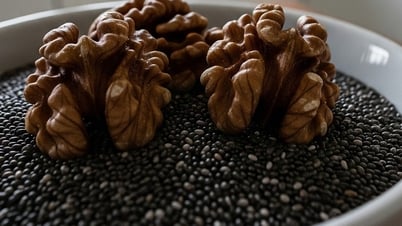

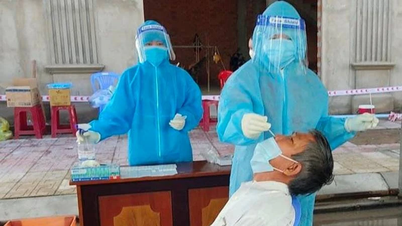




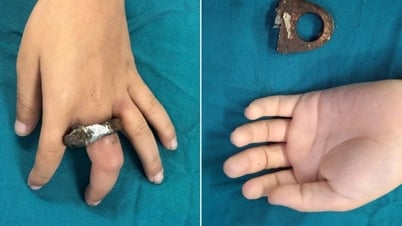
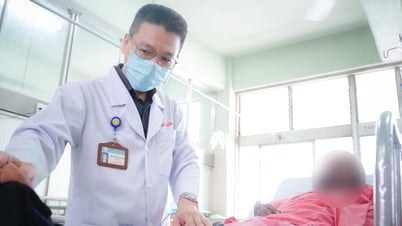





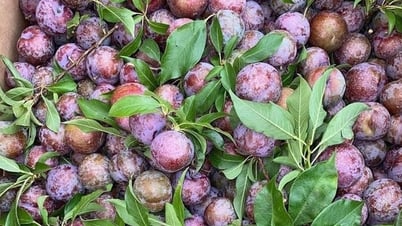


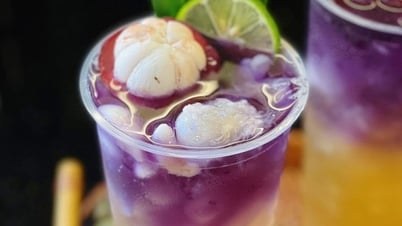
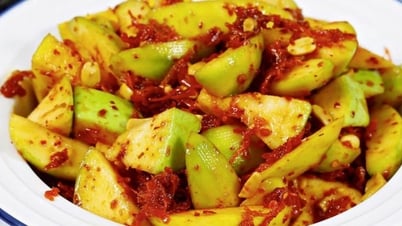
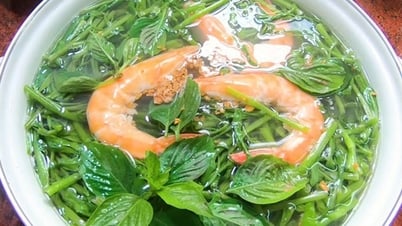











































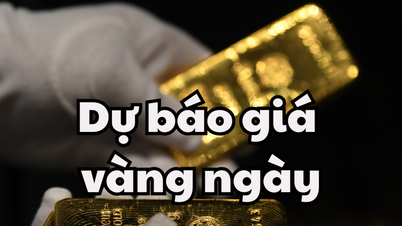



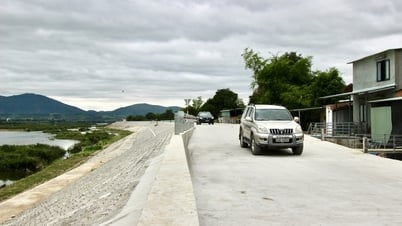







![[Podcast] Week introducing more than 500 OCOP products in Hanoi](https://vphoto.vietnam.vn/thumb/402x226/vietnam/resource/IMAGE/2025/5/22/d144aac2416744718388dbae3260e7fd)





Comment (0)